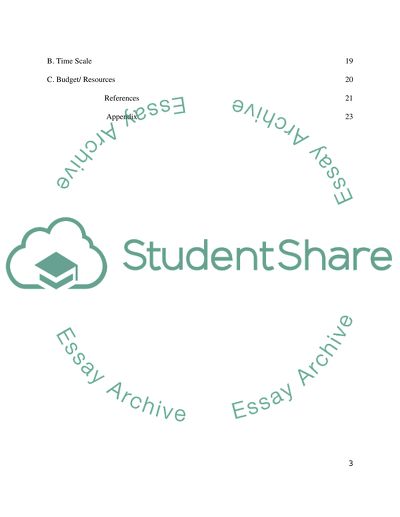Cite this document
(“Research topic: 'Community mental health service users' experience of Literature review”, n.d.)
Retrieved from https://studentshare.org/gender-sexual-studies/1409616-research-topic-community-mental-health-service
Retrieved from https://studentshare.org/gender-sexual-studies/1409616-research-topic-community-mental-health-service
(Research Topic: 'Community Mental Health Service users' Experience of Literature Review)
https://studentshare.org/gender-sexual-studies/1409616-research-topic-community-mental-health-service.
https://studentshare.org/gender-sexual-studies/1409616-research-topic-community-mental-health-service.
“Research Topic: 'Community Mental Health Service users' Experience of Literature Review”, n.d. https://studentshare.org/gender-sexual-studies/1409616-research-topic-community-mental-health-service.


